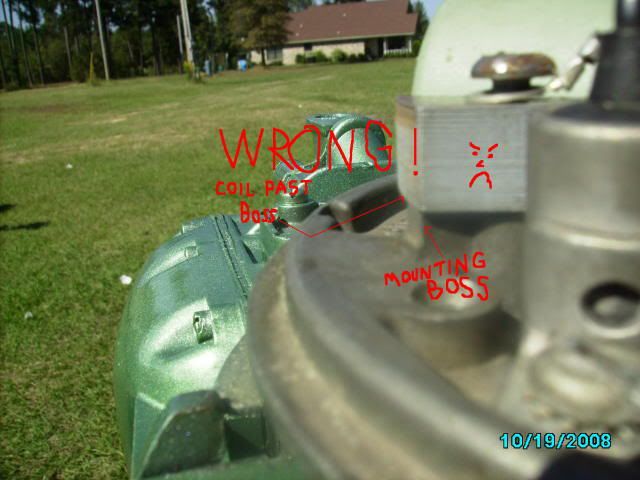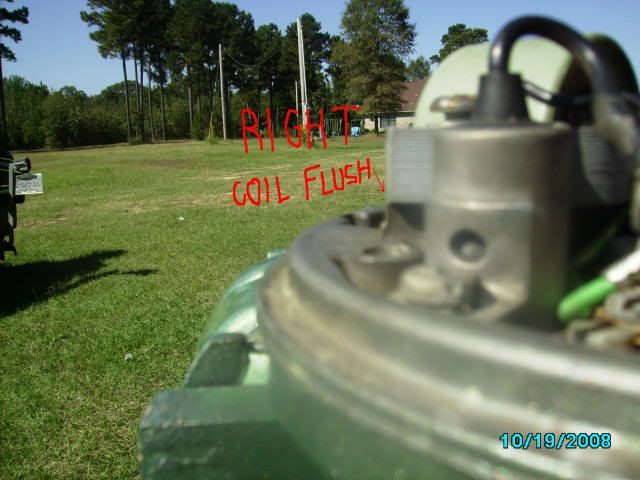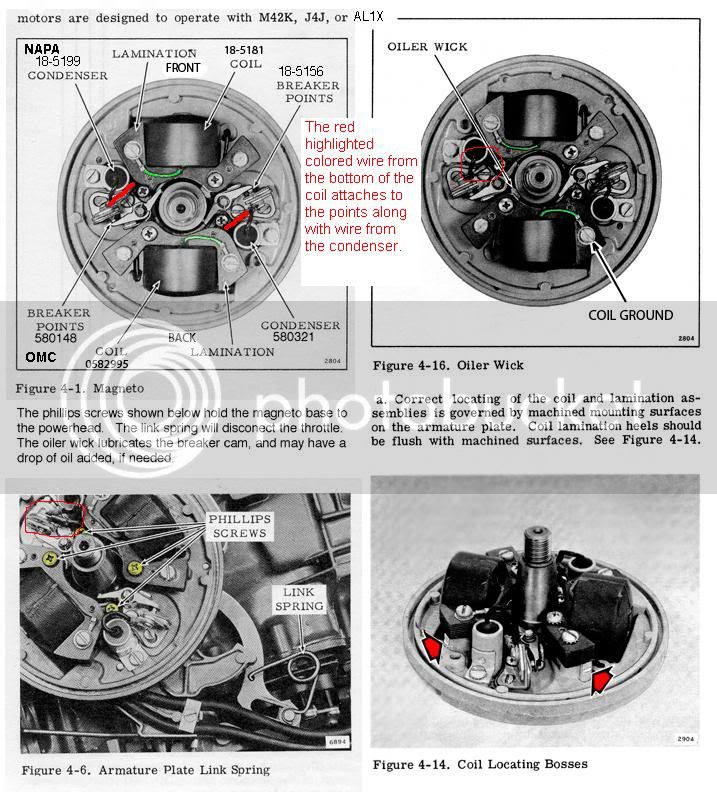Thanks for the great post Cajun. Helped me get my Johnson FD-19 twin that I'd bought from a guy that had it in storage for 19 years going (I don't think it had ever tasted ethanol before). Rediscovered Youtube videos that I had found and lost in my research. This is my first outboard and first two stroke, so a bit of an adventure.
One thing that got me is after started with good compression (100 psi in both cylinders), good spark, carb and intake cleaned and fuel flowing with, the darn thing still didn't want to start for me. I got it to kick and chug a bit during the rebuild process, but after double and triple checking everything, No Va until I disconnected the fuel line from the bowl. Then she kicked and sputtered a bit on the first pull and idled a bit on the second. Reconnected the fuel line, primed again and no start???? Disconnected fuel again, a little fuel drains again. Pull and easy start and runs smoothly till the bowl's empty again. Hmmmm. Reconnect, prime, pull and she runs like a champ. Has started on the first or second pull ever since. I don't get it. New tank, new fuel lines, fresh gas from the start. Shellac from the original cork float dissolved into the bowl? Anyhow makes me wonder if I could have saved myself the second round with the carb, intake manifold and magneto if I'd tried pulling the fuel line earlier.

Any explanation of that behavior is welcome.
Still a little work to do, because it only "idles" when nearly on the Start position. If I let the throttle fall back to the idle stop, it cuts out. When I tried to adjust the idle screw, I finally broke my first fastener of the project despite generous quantities of Power Blaster. The spring was almost already fully compressed with about 1/8" gap between the stop and the lowest throttle position before the engine would cut out. Since I can't seem to find the idle RPM in the service manual, I'm not sure what the idle target should be. Runs nice and smooth at the Start stop in neutral. Tempted to just stick a bit of 1/4" fuel line over the stop peg to fill the gap and be done with it, since it seems to run fine at all other throttle positions.
Any suggestions as to how to move forward? Is there a simple throttle cable adjustment? I haven't found one in the PDF copy of the multi-year, multi-model Johnson Service Manual I found.
Thanks





























































